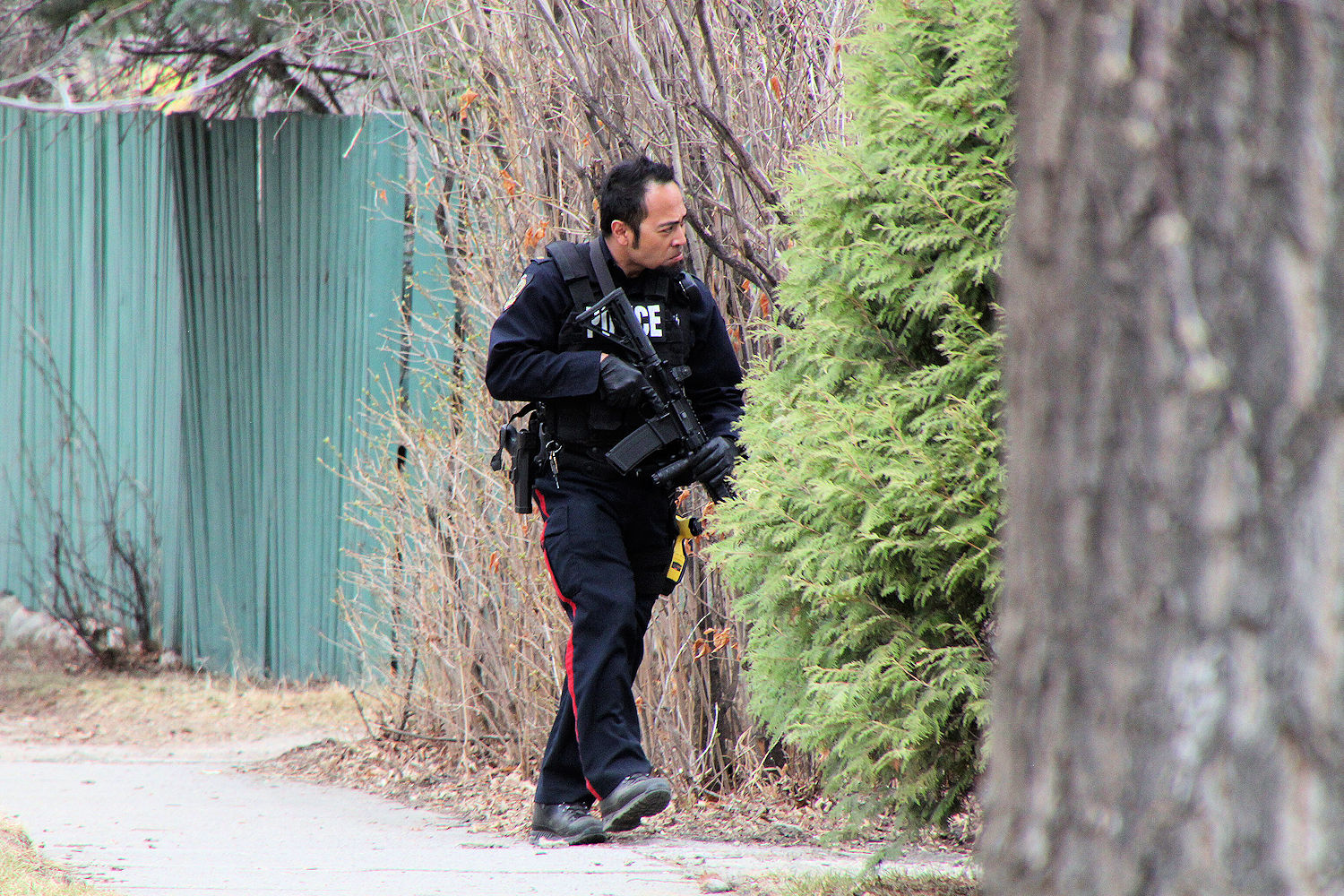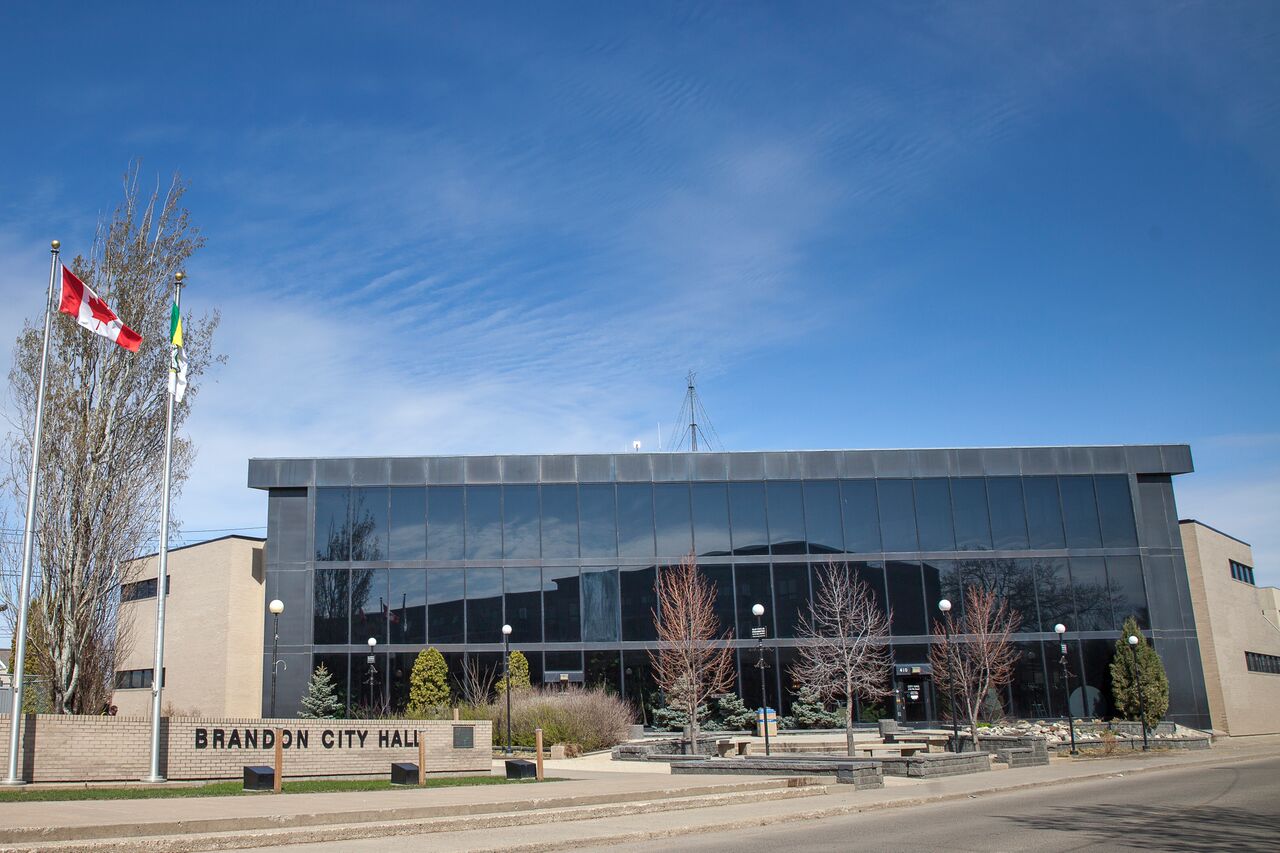Government Funds 60 New Paramedic Positions in Rural Manitoba
 May 1, 2018
May 1, 2018
BRANDON—The Manitoba government is moving forward with plans to enhance the province’s emergency medical services (EMS) system by providing funding for 60 new, full-time paramedic positions, Health, Seniors and Active Living Minister Kelvin Goertzen announced today.
“The investment in 60 new full-time paramedic positions will ensure highly skilled professionals are available for emergency dispatch and response at all times of the day, any day of the week, reducing the reliance on on-call staff,” said Goertzen. “Paramedics are a critical part of our health-care system, and the new positions are another step in our government’s commitment to ensuring Manitobans have access to consistent, reliable health care in their community.”
First announced in this year’s budget, the 60 new full-time equivalent (FTE) positions will reduce EMS reliance on on-call staffing positions by hiring full-time positions instead. Some positions will be filled by staff currently working in the system on an on-call basis. Other positions are expected to be posted shortly, with paramedics hired to fill the vacancies and be on the roads later this year, the minister said.
“Paramedics provide a high level of medical care from the moment they reach the patient,” said Helen Clark, chief operating officer of emergency medical services with Shared Health. “Professionally trained paramedics today are able to perform many life-saving activities and patients in medical emergencies are encouraged to call 911 to receive the care they need. Adding full-time positions ensures a rapid, effective response to emergency calls in rural areas.”
The new positions will be strategically spread out across Prairie Mountain Health, Southern Health-Santé Sud and Interlake-Eastern Regional Health Authority, ensuring staff are well-positioned to respond to calls throughout their respective regions, the minister noted. The new hires represent a $2.4-million investment for the final two quarters of this year, increasing to $5 million next year, he added.
The additional positions will be located at EMS stations in the following communities:
Dauphin – 9.7 FTE (converting from on-call);
Gilbert Plains – 4.85 FTE (new positions);
Killarney – 4.85 FTE (converting from on-call);
Gimli – 4.85 FTE (converting from on-call);
Boundary Trails – 4.85 FTE (converting some on-call, as well as new);
Virden – 4.85 FTE (converting some from on-call, as well as new);
West St. Paul – 9.7 FTE (new positions);
Altona – 4.85 FTE (converting from on-call); and
Teulon – 4.85 FTE (converting from on-call).
An additional 6.65 FTE within the Interlake-Eastern Regional Health Authority will also be hired to support flexible deployment across the region, as well as provide sick leave or vacation coverage for crews.
“This investment in new paramedic positions for priority areas within the region will contribute to a more consistent and responsive emergency medical services system,” said Penny Gilson, chief executive officer of Prairie Mountain Health. “Based on recommendations from the 2013 Manitoba EMS System Review, enhancements are underway to increase the staff complement at strategic locations. The goal is to continue to improve response times and ensure consistent, co-ordinated and reliable access to care.”
In June 2017, the province announced the implementation of recommendations from the 2013 Manitoba EMS System Review. In addition to increasing the number of full-time paramedics in rural Manitoba, changes being implemented include increasing training for paramedics, adding more ambulances and resources for inter-facility transports and restructuring station locations south of the 53rd parallel.
“Ensuring ambulances in Manitoba are staffed 24 hours a day, seven days a week is necessary to ensure patients have access to emergency care and that the paramedics responding are properly rested. This investment is an excellent step towards ending long on-call shifts and allows paramedics to deliver those services in a predictable, responsive and safe manner,” said Eric Glass, administrative director, Paramedic Association of Manitoba.
Manitoba uses a globally recognized, flexible deployment model to shift EMS resources as they are required throughout a region, ensuring timely responses to emergency situations across rural Manitoba. The Medical Transportation Coordination Centre (MTCC) in Brandon is responsible for the dispatch and positioning of the province’s emergency medical services outside of Winnipeg.
In 2015-16, more than 98 per cent of EMS calls in rural and northern Manitoba were responded to within the provincial response time standard, with 62.14 per cent within nine minutes, 15.66 per cent within 15 minutes and 20.38 per cent within 30 minutes.
“The addition of 60 new full-time paramedic positions is an important step in implementing recommendations from the review, allowing us to improve our emergency service complement based on advice from an expert task force,” said Goertzen. “It will help us ensure 24-7 coverage in several communities.”
For additional information on health system transformation in Manitoba, visit www.gov.mb.ca/rightcare/index.html.

![]() October 31, 2024
October 31, 2024








![]() October 31, 2024
October 31, 2024![]() October 27, 2024
October 27, 2024![]() October 25, 2024
October 25, 2024
![]() May 4, 2018
May 4, 2018
![]() May 3, 2018
May 3, 2018
![]() May 1, 2018
May 1, 2018
![]() May 1, 2018
May 1, 2018
![]() April 30, 2018
April 30, 2018